The biblical narrative, from creation to the early church, suggests that women are entrusted with significant roles alongside men.
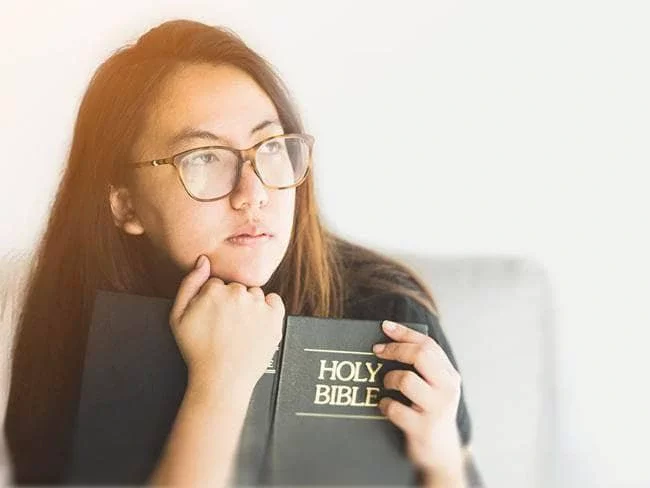
To understand the role of women according to the Bible, it is essential to consider God's intentions as revealed in the creation account of Genesis 1-2 and to see how the New Testament illustrates the Kingdom of God restoring those original purposes. Women are seen playing pivotal roles throughout both the Old and New Testaments, revealing a biblical emphasis on equality in spiritual significance and value.
Women in the Ministry of Jesus
Throughout the ministry of Jesus, women played notable roles, revealing His countercultural approach to gender in religious life. The first two chapters of Luke emphasize the faithfulness of Mary, the mother of Jesus, and Elizabeth, the mother of John the Baptist, both of whom demonstrate strong faith and spiritual insight. Jesus continuously elevated women in his teachings and actions. In Mark's Gospel, for instance, women often display faith and understanding in contrast to the men around them. Luke 10:39 provides a significant moment where Mary is seen sitting at the feet of Jesus-a posture of discipleship traditionally reserved for men. This act reflects Jesus' openness to women as disciples, unheard of in that era.
The Gospels further highlight women as the first to witness and proclaim Jesus' resurrection. Each Gospel records that women, rather than the male disciples, were the first to encounter the risen Christ and share the news, a fact with profound implications in a culture where women's testimonies were often undervalued.
Women in the Early Church
The role of women continued to be prominent in the early Church, as seen in the Book of Acts and New Testament letters. Peter's sermon on Pentecost included Joel's prophecy of the Spirit coming equally upon men and women (Acts 2:17-18). Luke, the author of Acts, mentions Philip's four daughters, who were prophetesses (Acts 21:9), and the couple Aquila and Priscilla, who worked closely with Paul in ministry. Interestingly, Priscilla's name often precedes her husband's, which some scholars interpret as a sign of her prominence. Priscilla and Aquila are noted for instructing Apollos, an influential teacher, about Jesus (Acts 18:24-28).
Paul's letters offer additional insights, such as the commendation of Phoebe in Romans 16:1-2: "I commend to you our sister Phoebe, a servant of the church at Cenchreae, that you may welcome her in the Lord in a way worthy of the saints, and help her in whatever she may need from you, for she has been a patron of many and of myself as well." Phoebe is not only described as a servant or deacon of the church but also as someone of influence. Scholars widely accept that she was entrusted with delivering Paul's letter to the Romans, an act that included answering questions and expounding on Paul's words, given the complex nature of the letter.
Understanding Women's Roles Through the Biblical Narrative
What does all this mean for understanding the role of women in the Bible? The biblical narrative, from creation to the early church, suggests that women are entrusted with significant roles alongside men. This perspective is best understood by looking at the entirety of Scripture.
The Genesis creation account, for instance, establishes men and women as equal in worth and value. Genesis 1:26-27 states that both were created "in the image of God," which is remarkable given the patriarchal context of the Ancient Near East, where only kings were typically seen as bearing a divine image. Genesis 2 further emphasizes their equality in how Eve is described as Adam's companion, taken from his side rather than his head or feet, symbolizing partnership.
The harmony between Adam and Eve is illustrated in Genesis 2:25: "And the man and his wife were both naked and were not ashamed." The verse highlights that their relationship was one of unity and equality, where they could be fully known and accepted by one another without fear or shame.
Restoration of Equality in the New Creation
The New Creation, as depicted in the New Testament, restores the equality seen in Genesis. Paul's words in Galatians 3:28-"There is neither Jew nor Greek, there is neither slave nor free, there is neither male nor female, for you are all one in Christ Jesus"-suggest that the coming Kingdom of God brings about the restoration of unity and equality for all. This passage calls for a reevaluation of human divisions and emphasizes that believers are all equally valued in the body of Christ.
This approach challenges interpretations of women's roles based only on Genesis 3 through Revelation 20, which primarily detail a world impacted by sin. Such interpretations often overlook God's original intent in Genesis 1-2 and the New Testament's redemptive work to restore humanity. With the arrival of God's Kingdom in Jesus, the unity of creation is renewed, allowing men and women to serve together in a way that reflects God's initial design.
God's Intent For Women as Equals
If equality is part of God's original design, then women's role is inherently equal to that of men. While our world may not always reflect this, such disparity reflects its fallen state. The question then arises: Should God's people live by His original design or conform to a fallen world's standards? Scripture calls God's people to live in light of His intent.
This assertion leads to questions, such as the significance of Eve being described as a "helper" (Hebrew: ezer) for Adam in Genesis 2:18, 20. Importantly, the term "helper" does not imply inferiority. In fact, ezer is often used to describe God's role as Israel's helper in the Old Testament, which conveys strength and support rather than subordination.
Addressing Genesis 3:16 on Gender Hierarchy
Genesis 3:16 is sometimes cited to support gender hierarchy, where it states, "Your desire will be for your husband, and he will rule over you." However, two points clarify this interpretation:
First, this verse speaks to the consequences of human disobedience rather than God's will. Genesis 3:16 describes how the harmonious relationship between Adam and Eve is disrupted by sin, leading to conflict rather than unity.
Second, in the same way that God describes the ground as being cursed with thorns as a consequence of sin, this passage reveals a broken relationship. God's intention is shown in Genesis 1-2, while Genesis 3 reveals the fallout of the fall.
Restoring Women's Role as God's Image Bearers
The role of women in light of the biblical story is to serve as equal image-bearers alongside men. This perspective aligns with how the New Testament elevates women, reflecting the restoration of God's intent. In God's Kingdom, unity among all people-including men and women-is ultimately restored as humanity is reconciled through Christ. By following God's design, women and men together reflect His glory and His love for all.

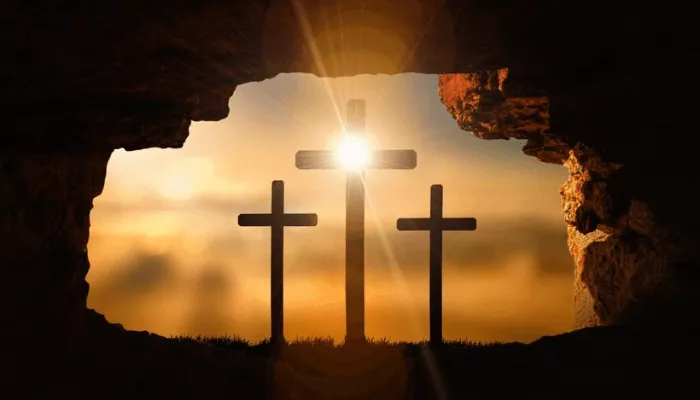
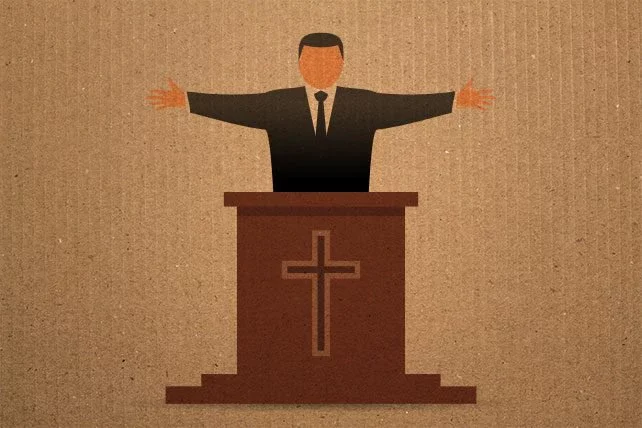
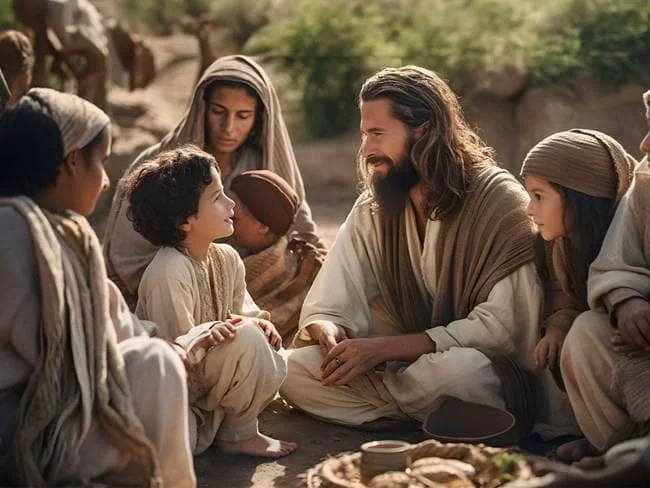


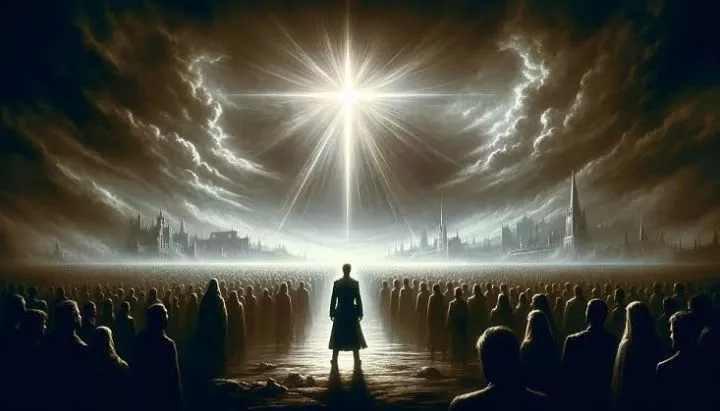


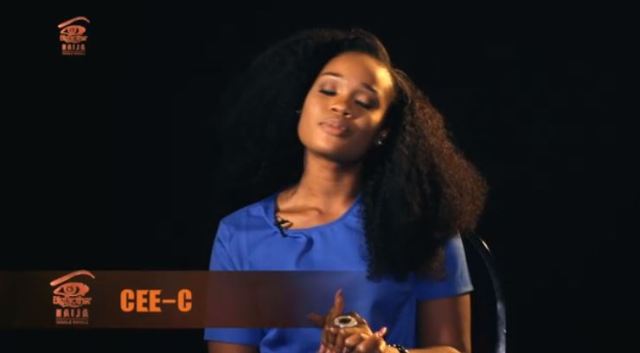








Comments